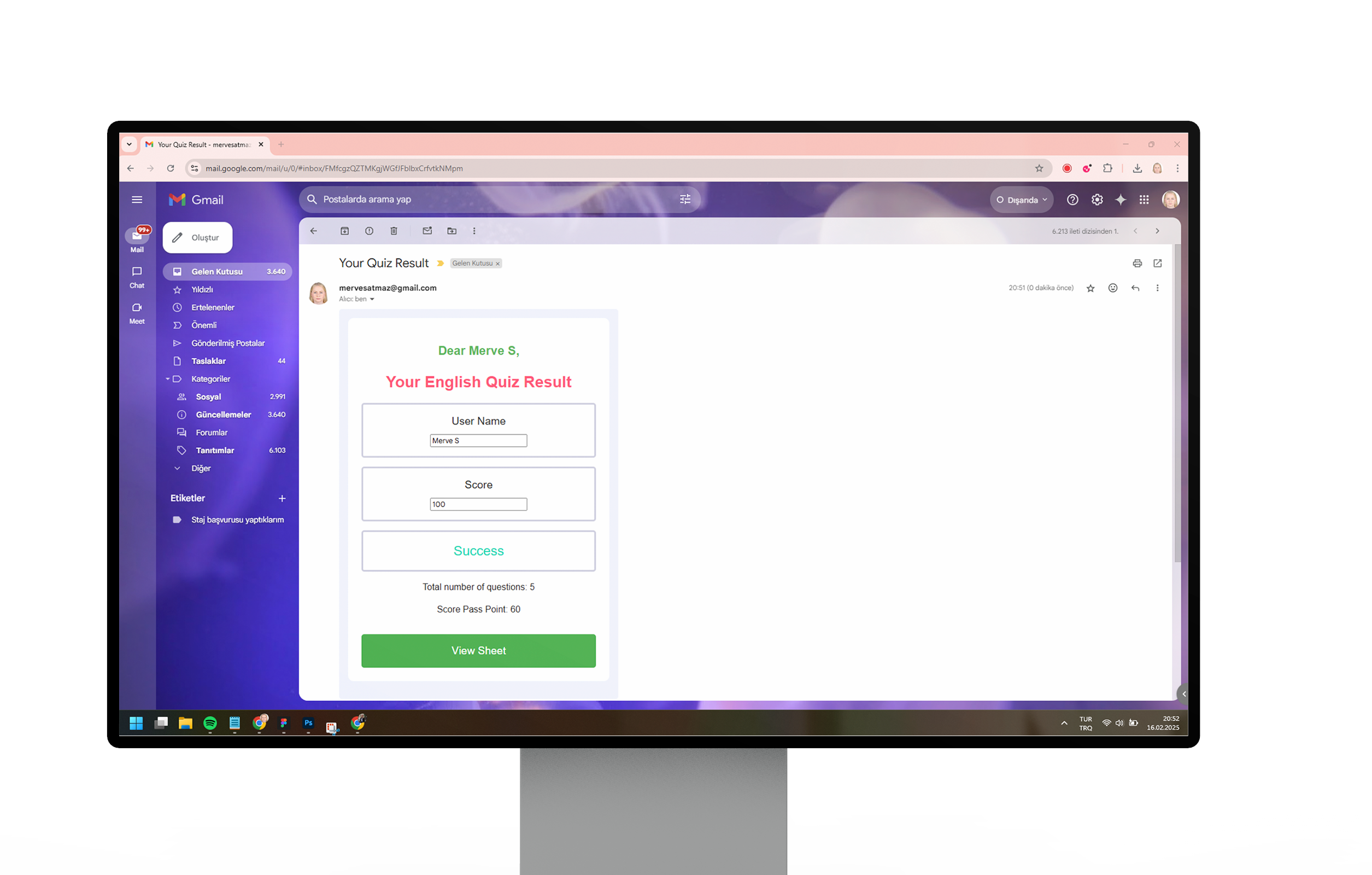SCORM, which stands for Sharable Content Object Reference Model, is a set of technical standards that enables eLearning content to be shared across multiple platforms. It ensures that digital learning materials are compatible with various Learning Management Systems (LMS), allowing for seamless content integration and tracking of learner progress.
History and Development
Developed by the Advanced Distributed Learning (ADL) Initiative under the U.S. Department of Defense, SCORM was created to standardize eLearning content and promote interoperability between different LMS platforms. This standardization allows content creators to develop courses that can be utilized across various systems without modification.
How Does SCORM Work?
SCORM operates through three primary components:
- Content Packaging: Courses are packaged into a standardized ZIP file, known as the Package Interchange Format (PIF), which contains all necessary files and an imsmanifest.xml file that outlines the course structure and content organization.
- Run-Time Communication: This involves the interaction between the LMS and the content during course execution. The Model defines an Application Programming Interface (API) that facilitates this communication, enabling the LMS to track learner interactions, such as progress, quiz scores, and completion status.
- Sequencing and Navigation: SCORM 2004 introduced enhanced sequencing rules, allowing content authors to define the order in which learners access materials, thereby creating a more structured learning experience.
Benefits of SCORM
Interoperability: Ensures that eLearning content functions across various SCORM-compliant LMS platforms without requiring modifications.
Reusability: Allows for the repurposing of content across different courses and platforms, enhancing efficiency in content creation.
Tracking and Reporting: Provides detailed tracking of learner progress, including test scores, time spent on content, and completion status, enabling educators to assess the effectiveness of their courses.
SCORM Versions
SCORM 1.2: The first version of SCORM, widely compatible with most Learning Management Systems (LMS). It includes basic features like user progress tracking, results, and content tracking.
SCORM 2004: An enhanced version of SCORM 1.2 with advanced tracking features. It includes four editions:
- 1st Edition: Basic tracking and reporting features.
- 2nd Edition: Minor bug fixes and performance improvements.
- 3rd Edition: Improved tracking and reporting features.
- 4th Edition: The latest version with better compatibility and enhanced reporting.
xAPI (Tin Can API): The evolution of SCORM, offering more flexibility in content tracking, including offline activities and cross-platform interactions.

Limitations of SCORM
Limited Mobile Support: SCORM was developed before the widespread use of mobile devices, leading to challenges in mobile compatibility.
Restricted Tracking Capabilities: SCORM primarily tracks formal learning activities within the LMS and does not effectively capture informal or offline learning experiences.
Complexity in Sequencing: Implementing advanced sequencing rules can be complex and may require specialized knowledge.
SCORM vs. xAPI
While SCORM has been a foundational standard in eLearning, the Experience API (xAPI), also known as Tin Can API, offers more advanced capabilities. xAPI allows for the tracking of a wider range of learning experiences, including mobile learning, simulations, and real-world activities, providing a more comprehensive view of learner progress.
Creating SCORM-Compliant Content
To develop SCORM-compliant courses, content creators can utilize authoring tools such as:
These tools enable the creation of interactive and engaging eLearning content that adheres to SCORM standards. Once developed, the content is exported as a SCORM package and uploaded to a SCORM-compliant LMS for delivery to learners.
If you don’t have an LMS platform, check out this content to learn how to track and report without one: Track and Report eLearning Without LMS.
Conclusion
Sharable Content Object Reference Model has played a pivotal role in standardizing eLearning content, ensuring compatibility and facilitating the tracking of learner progress. However, with advancements in technology and the emergence of new learning methodologies, alternatives like xAPI are gaining traction, offering more flexibility and comprehensive tracking capabilities. Organizations should assess their specific learning needs and technological infrastructure when deciding between SCORM and newer standards.



Leave a Reply